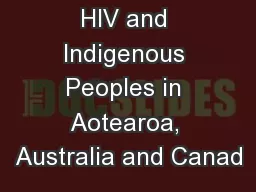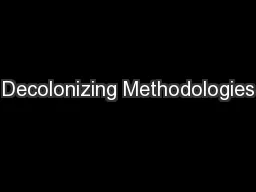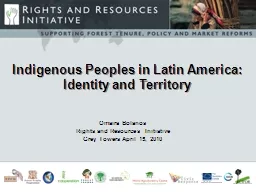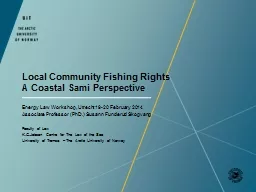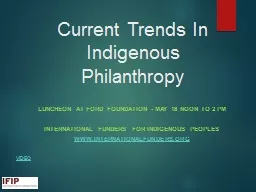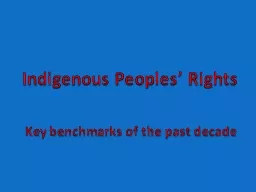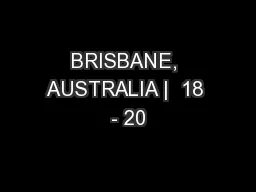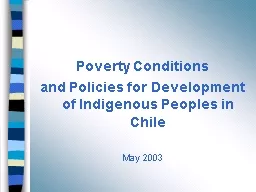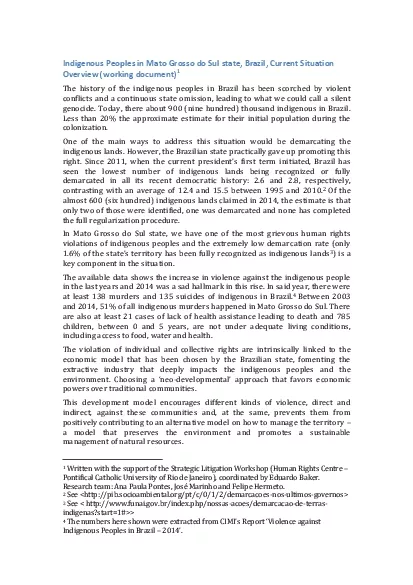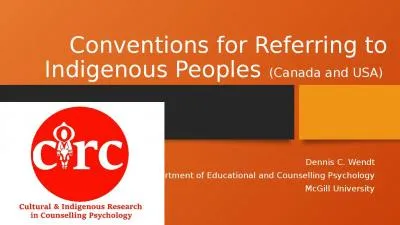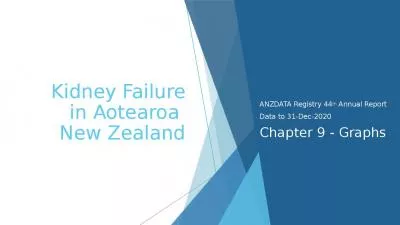PPT-HIV and Indigenous Peoples in Aotearoa, Australia and Canad
Author : tatiana-dople | Published Date : 2017-11-04
Clive Aspin Ko Matai Whetu te marae Ko Moehau te maunga Ko Waihou te awa The needs of indigenous peoples in the face of rising rates of HIV We need a new approach
Presentation Embed Code
Download Presentation
Download Presentation The PPT/PDF document "HIV and Indigenous Peoples in Aotearoa, ..." is the property of its rightful owner. Permission is granted to download and print the materials on this website for personal, non-commercial use only, and to display it on your personal computer provided you do not modify the materials and that you retain all copyright notices contained in the materials. By downloading content from our website, you accept the terms of this agreement.
HIV and Indigenous Peoples in Aotearoa, Australia and Canad: Transcript
Download Rules Of Document
"HIV and Indigenous Peoples in Aotearoa, Australia and Canad"The content belongs to its owner. You may download and print it for personal use, without modification, and keep all copyright notices. By downloading, you agree to these terms.
Related Documents

